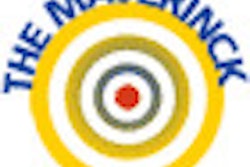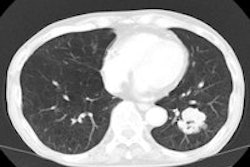German researchers have developed a molecular imaging technique that acquires quantitative data on gadolinium-based contrast agents in tissue and correlates that information with an MR image.
The technique, detailed online on 16 February in Angewandte Chemie, is called mass spectrometry imaging. It is designed to detect and localize a wide range of molecules, such as proteins, lipids, and components of cell metabolism, as well as metabolites in tissue sections.
Dr. Axel Walch and Dr. Michaela Aichler from the Helmholtz Zentrum München developed the approach in order to make it possible to measure contrast agent concentrations.
The procedure currently is being used at the Helmholtz Zentrum München for research into active substances. Researchers believe the imaging technique has made MRI contrast agents available as a new class of molecules for this method.
For example, they were able to determine the tissue-related kinetics of the contrast agent used in a myocardial infarction model. The data shows how the contrast agent acts in healthy and damaged heart tissue and contributes to diagnoses.


















